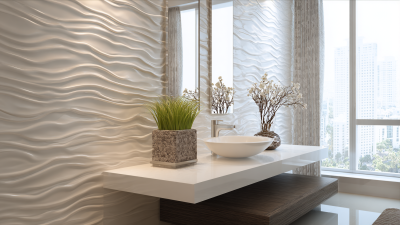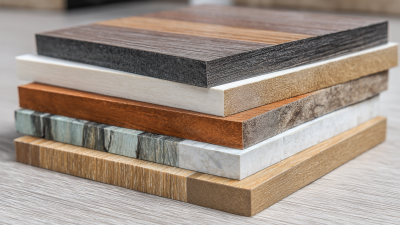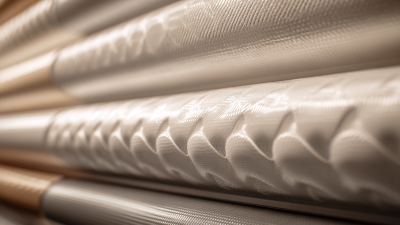Leave Your Message
-
Facebook
-
Whatsapp
-
Whatsapp


In the quest for energy efficiency and cost savings in commercial spaces, the role of effective insulation cannot be overstated. PVC wall cladding has emerged as a highly viable solution, providing not only aesthetic value but also significant thermal performance. According to a report by the U.S. Department of Energy, buildings account for approximately 40% of total energy consumption, and proper insulation can reduce heating and cooling costs by up to 30%. Furthermore, a study conducted by the National Association of Home Builders indicates that modern insulation materials like PVC wall cladding offer superior durability and maintenance benefits, further enhancing their appeal for commercial uses. By implementing PVC wall cladding, businesses can achieve an eco-friendly approach while also maximizing their operational efficiency. This guide will explore effective strategies for utilizing PVC wall cladding to achieve optimal insulation and cost-effectiveness in commercial environments.
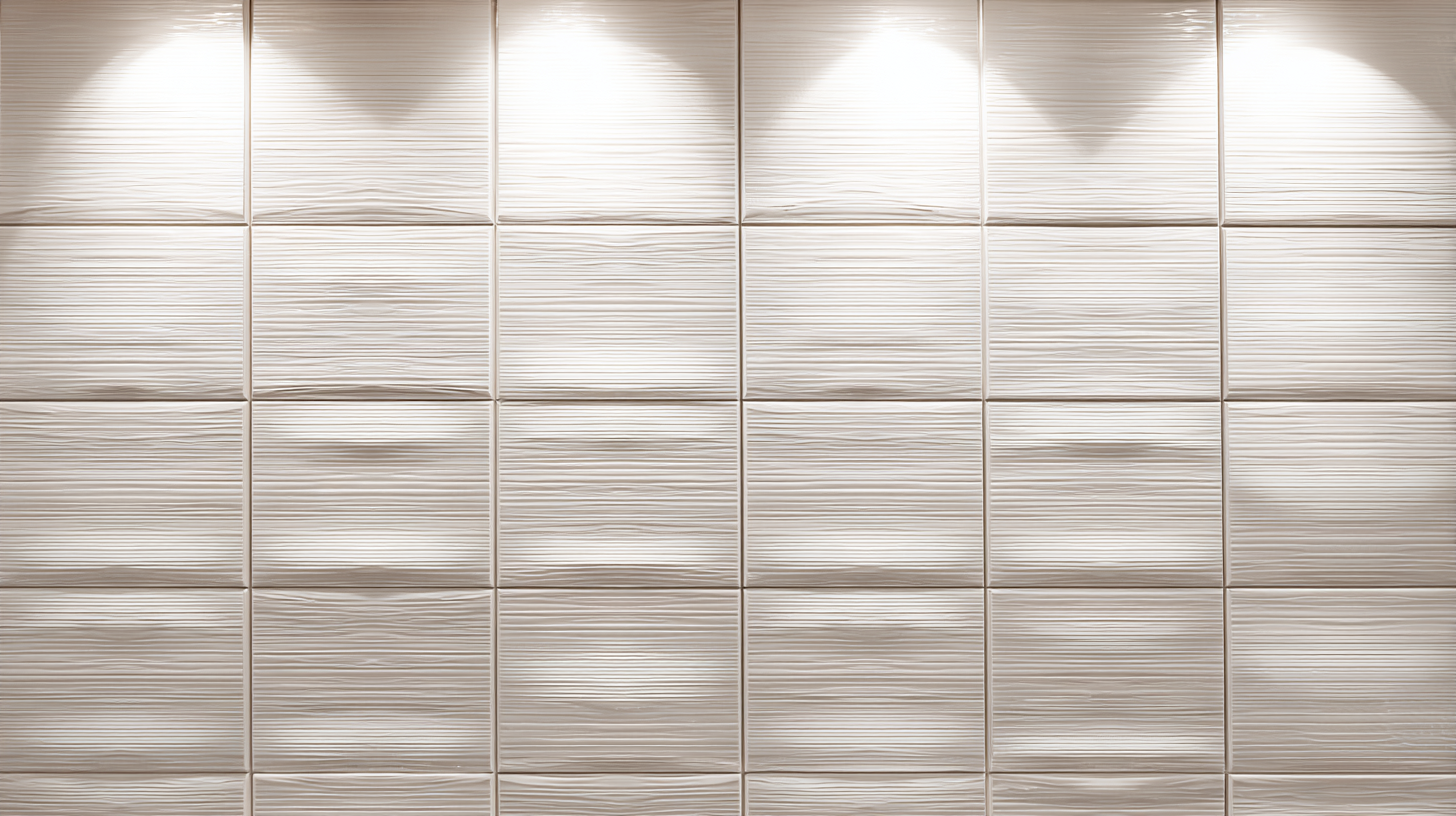
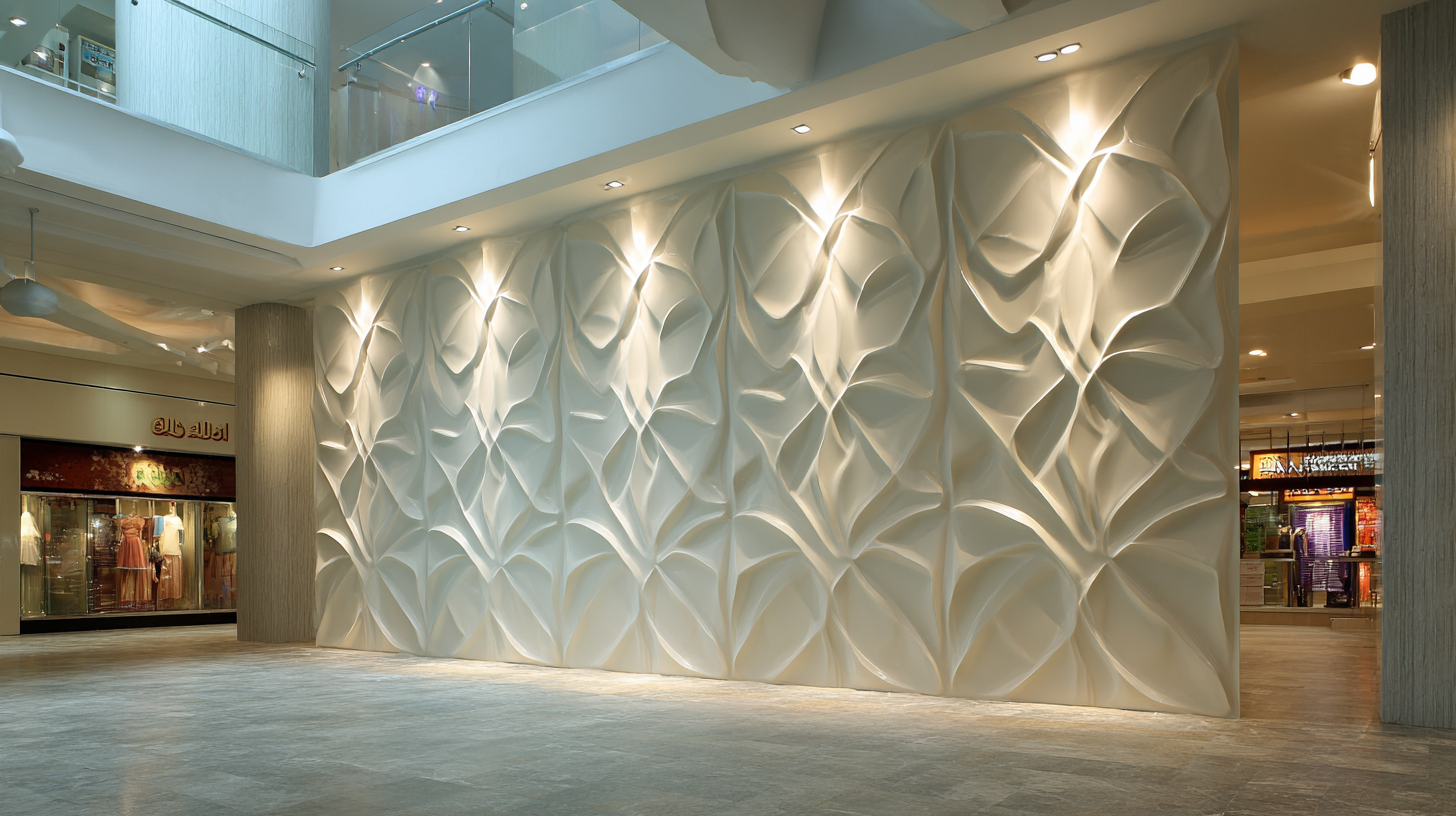 PVC wall cladding has emerged as a viable solution for enhancing insulation in commercial spaces, offering numerous benefits. One significant advantage is its cost-effectiveness. PVC is lightweight and easy to install, which reduces labor costs and installation time. Additionally, because PVC is resistant to moisture and mold, it contributes to a healthier indoor environment, minimizing the risk of costly repairs associated with water damage. This type of cladding also tends to have a long lifespan, which furthers its appeal in commercial settings looking for sustainable building materials.
PVC wall cladding has emerged as a viable solution for enhancing insulation in commercial spaces, offering numerous benefits. One significant advantage is its cost-effectiveness. PVC is lightweight and easy to install, which reduces labor costs and installation time. Additionally, because PVC is resistant to moisture and mold, it contributes to a healthier indoor environment, minimizing the risk of costly repairs associated with water damage. This type of cladding also tends to have a long lifespan, which furthers its appeal in commercial settings looking for sustainable building materials.
Moreover, recent advancements in insulation technologies, such as innovative fire and water insulation foams made from recycled materials, align well with the use of PVC wall cladding. These innovations enhance the thermal performance of insulating materials, addressing challenges such as energy efficiency and environmental friendliness. As businesses increasingly prioritize sustainability, integrating PVC wall cladding with these emerging insulation materials can improve overall energy efficiency while reducing the carbon footprint. This combination not only aids in regulatory compliance but also positions commercial spaces as leaders in environmental stewardship, thereby attracting eco-conscious clientele.
When selecting the right type of PVC wall cladding for your project, it's essential to consider various factors to ensure both functionality and aesthetic appeal. First, assess the specific requirements of your commercial space, such as moisture resistance, fire rating, and durability. For environments like kitchens or medical facilities, opt for high-quality PVC cladding that offers superior hygiene and easy cleaning. Additionally, choose cladding with appropriate insulation properties to enhance energy efficiency and reduce operating costs.
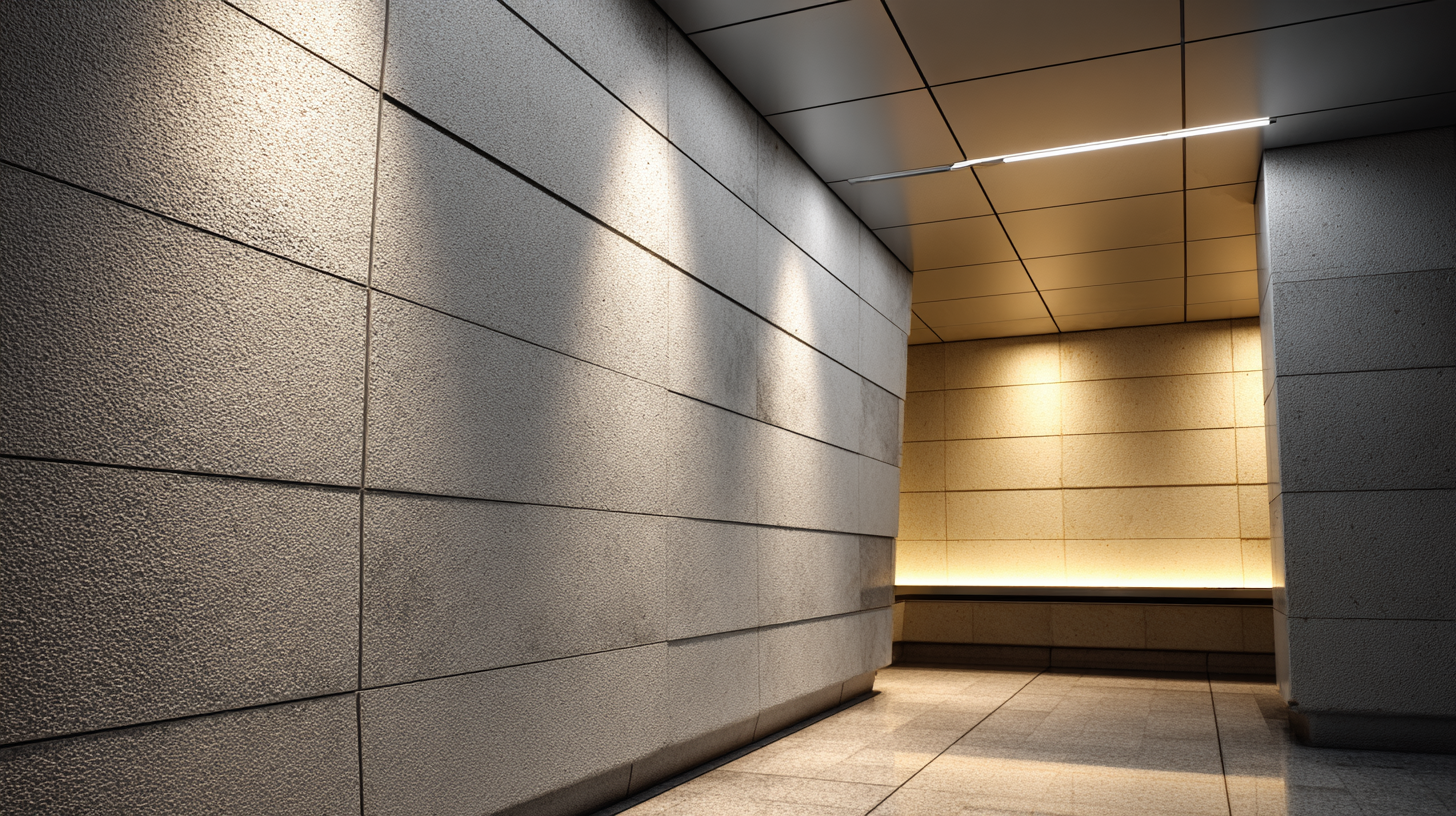
Aesthetics also play a crucial role in your selection process. PVC wall cladding is available in a plethora of designs, colors, and finishes, allowing you to maintain a professional appearance while fitting the overall design of your commercial space. Consider the architectural theme and color palette of the establishment when making your choice. Furthermore, ensure that the cladding you select is easy to install and maintain, as this will significantly impact the overall longevity and functionality of the walls in your business setting.
PVC wall cladding is increasingly being recognized for its cost-effective insulation capabilities in commercial spaces. When installed correctly, it can significantly enhance thermal efficiency. According to a report by the World Green Building Council, buildings with well-insulated walls can reduce energy consumption by up to 40%. When integrating PVC cladding, it’s crucial to ensure minimal thermal bridging by using appropriate insulation behind the panels. The right combination of insulation materials can lead to a substantial decrease in heating and cooling costs, making the installation not just eco-friendly but financially viable.
Proper installation techniques are key to achieving maximum thermal efficiency with PVC wall cladding. The use of a continuous insulation layer can significantly reduce thermal bridging, allowing for a more uniform temperature throughout the space. Additionally, employing a proper sealing system during installation prevents air infiltration, which can compromise insulation performance. According to the American Society of Heating, Refrigerating and Air-Conditioning Engineers (ASHRAE), a well-sealed building envelope can enhance heating and cooling efficiency by nearly 25%. This highlights the importance of not only the choice of materials but also the methods used during installation to achieve optimal thermal efficiency in commercial environments.
| Installation Technique | Thermal Efficiency Rating (R-value) | Cost per Square Foot ($) | Estimated Installation Time (Hours) | Durability (Years) |
|---|---|---|---|---|
| Direct Installation on Existing Walls | 3.5 | 2.50 | 4 | 10 |
| Furring Strip Installation | 4.0 | 3.00 | 6 | 15 |
| Insulated Wall Panels | 5.0 | 4.00 | 8 | 20 |
| Retrofit with Foam Insulation | 4.5 | 3.50 | 5 | 12 |
| Vapor Barrier Integration | 3.0 | 2.20 | 3 | 8 |
When considering PVC wall cladding for insulation in commercial spaces, maintenance plays a crucial role in enhancing its durability and performance. Regular cleaning is paramount; use a soft cloth and mild detergent to wipe down surfaces and prevent the accumulation of dirt and grime. This simple task not only keeps the aesthetics intact but also helps maintain the insulation properties of the cladding.
Moreover, it's essential to inspect the cladding periodically for any signs of damage, such as cracks or splits. Addressing these issues promptly can prevent larger problems down the line. Additionally, applying a UV-resistant coating can protect the cladding from sun damage, extending its lifespan and ensuring that it continues to perform effectively. Keeping an eye on the edges and seams is also vital, as these are areas where moisture can accumulate, potentially compromising insulation efficiency.
The burgeoning market for PVC wall cladding is significantly driven by its cost-effectiveness when compared to traditional insulation methods. According to secondary research and expert interviews, the initial investment in PVC cladding may be higher; however, the long-term savings on energy costs and maintenance make it an attractive option for commercial spaces. Its durability and resistance to moisture prevent damage over time, further reducing replacement costs.
When considering PVC cladding versus conventional insulation, it’s essential to conduct a thorough cost analysis. This analysis should factor in installation expenses, energy savings, and potential maintenance costs. Tips for optimizing your use of PVC cladding include assessing the specific thermal properties and R-values compared to traditional materials, and ensuring proper installation to maximize its insulating benefits. Additionally, consulting with professionals who specialize in commercial insulation can provide valuable insights tailored to your specific needs.
As businesses increasingly seek sustainable and efficient solutions, PVC wall cladding emerges as a strong contender. It not only supports insulation goals but also aligns with modern design aesthetics, making it a smart choice for forward-thinking commercial environments. Ensuring you’re informed about the various options available can lead to significant cost savings and improved energy efficiency in the long run.
